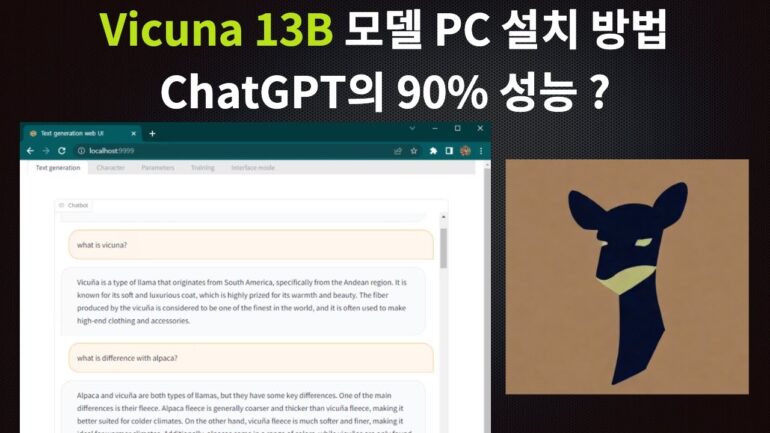TL;DR:
- Large language AI models enhance radiology research without compromising patient privacy.
- Traditional LLMs require de-identification of patient data for clinical use.
- Vicuna-13B, a local LLM, preserves patient privacy while analyzing radiology reports.
- Research employs Vicuna-13B on chest imaging reports to detect 13 specific features.
- Vicuna-13B’s performance aligns with non-LLM image labeling programs.
- Large language models could revolutionize natural language processing in healthcare.
Main AI News:
Cutting-edge research conducted under the auspices of the National Institutes of Health has unveiled the transformative potential of large language artificial intelligence (AI) models in radiology research. These powerful AI entities, such as ChatGPT and GPT-4, have seized the limelight for their exceptional prowess in tasks encompassing language generation, comprehension, question answering, and converting unstructured text into organized formats, as articulated by Ronald Summers, a senior investigator within the Radiology and Imaging Sciences Department at the NIH, and his esteemed colleagues in the prestigious journal Radiology.
Despite their meteoric rise, the application of these general-purpose large language models (LLMs) to radiology reports within clinical settings has remained elusive due to formidable privacy concerns. Extracting valuable insights while preserving patient privacy proves to be an intricate endeavor, as thoroughly scrubbing radiology reports of sensitive patient data proves to be a formidable challenge.
In an endeavor to surmount this privacy obstacle, Summers and his team embarked on a groundbreaking study to assess whether an alternative LLM known as Vicuna-13B could resolve the privacy conundrum plaguing similar LLMs and harness valuable data from radiology reports. What sets Vicuna apart from its LLM counterparts, such as ChatGPT, is its unique capability to operate locally, thus ensuring the utmost safeguarding of patient privacy.
Drawing from chest radiography reports extracted from the Medical Information Mart for Intensive Care (MIMIC) database (n=3269) and the NIH database (n=25,596), the research team evaluated Vicuna-13B’s efficiency in annotating chest imaging reports, discerning the presence or absence of 13 specific image features.
The team’s most successful approach involved a multifaceted prompt that expertly guided the model through each label by responding to three critical questions: whether each finding was present, absent, or uncertain/not applicable.
Remarkably, Vicuna-13B proved to be on par with other non-LLM programs utilized for image labeling, as Summers elucidated in a press statement: “Our study unequivocally demonstrates that the LLM’s performance aligns with the current gold standard. With the right prompt and the right task, we managed to attain consensus with the presently employed labeling tools.”
Should the challenges of privacy preservation be adequately addressed and precision benchmarks consistently met, LLMs hold the promise to significantly elevate radiology and the broader field of medicine, according to Summers.
“Large language models have upended the entire landscape of natural language processing. They possess the potential to accomplish feats that have hitherto eluded us with traditional pre-Large Language Models,” he affirmed. “My laboratory has been fervently dedicated to extracting diagnostic image features. By harnessing tools such as Vicuna, we can amalgamate textual features with those extracted from images, empowering sophisticated AI models to potentially provide answers to pivotal clinical queries.”
Conclusion:
The integration of AI models like Vicuna-13B into radiology research presents a breakthrough opportunity, as it balances the precision needed for medical diagnostics with the crucial requirement of preserving patient privacy. This development signals a transformative shift in the healthcare technology market, promising more efficient and privacy-conscious radiological research and diagnostics.

